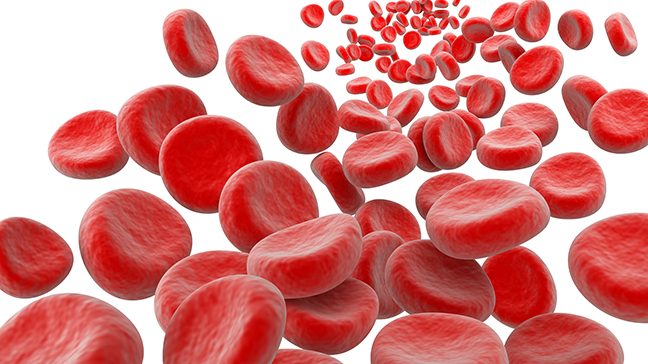request an appointment online.
- Diagnosis & Treatment
- Cancer Types
- Hodgkin Lymphoma
- Hodgkin Lymphoma Treatment
Get details about our clinical trials that are currently enrolling patients.
View Clinical TrialsHodgkin Lymphoma Treatment
Because the standard chemotherapy for Hodgkin lymphoma may have long-term effects, especially for young people, we are working to develop effective – but more gentle – treatments. In young men and women, we make every effort to preserve fertility by using therapies that focus on treating the cancer but cause the least-possible damage to reproductive organs.
If you are diagnosed with Hodgkin lymphoma, your doctor will discuss the best options to treat it. This depends on several factors, including:
- Type and stage of Hodgkin lymphoma
- If your disease has not responded to previous treatments
- If your disease has returned after treatment
- Your age
- Other medical problems, such as heart or kidney disease
Your treatment will be customized to your needs. One or more of the following therapies may be recommended to treat the cancer or help relieve symptoms.
Chemotherapy
Treatment with drugs is the main therapy for Hodgkin lymphoma. Combination chemotherapy, a mixture of drugs with different properties, is used often. MD Anderson offers the most up-to-date and advanced chemotherapy options. For nearly all patients with Hodgkin lymphoma the goal of treatment is cure – to completely wipe out the disease so that it never comes back.
Radiation Therapy
Radiation therapy uses focused beams of energy to kill cancer cells. New radiation therapy techniques and remarkable skill allow MD Anderson doctors to target tumors more precisely, delivering the maximum amount of radiation with the least damage to healthy cells.
Proton Therapy
Proton therapy delivers high radiation doses directly to the tumor site, with minimal damage to nearby healthy tissue. For some patients, this therapy results in more-successful treatment with fewer side effects.
The Proton Therapy Center at MD Anderson is one of the world’s largest and most advanced centers in the world. It’s the only proton therapy facility in the country located within a comprehensive cancer center. This means that this cutting-edge therapy is backed by all the expertise and compassionate care for which MD Anderson is famous.
Immunotherapy
Instead of attacking the disease itself, immunotherapy drugs help the body fight cancer. Sometimes they have fewer side effects than other treatments.
We pioneered several immunotherapies, and many of them are found at only a few other cancer centers. Immunotherapy treatment methods may include:
- Antibody drug conjugates, such as brentuximab vedotin
- Checkpoint inhibitors, including nivolomab and pebrolizumab
- Biological therapies that develop antibodies that destroy cancer cells
- Targeted therapies that fight cancer cells by using small molecules to block pathways cells use to survive and multiply
Stem Cell Transplantation
If Hodgkin lymphoma does not respond to frontline treatments or if it returns, a stem cell transplant may be recommended. A stem cell transplant is a procedure that replaces defective or damaged cells in patients whose normal blood cells have been affected by cancer. These transplants can be either autologous (stem cells taken from the patient) or allogenic (stem cells from a donor).
MD Anderson has the largest bone marrow and stem cell transplant program in the nation, performing roughly 800 procedures per year. We pioneered the use of less toxic doses of chemotherapy, which result in higher success rates and are now the widely accepted standard.
Learn more about hodgkin lymphoma:
Treatment at MD Anderson
Clinical Trials
MD Anderson patients have access to clinical trials offering promising new treatments that cannot be found anywhere else.
Becoming Our Patient
Get information on patient appointments, insurance and billing, and directions to and around MD Anderson.
Counseling
MD Anderson has licensed social workers to help patients and their loved ones cope with cancer.
Featured articles
myCancerConnection
Talk to someone who shares your cancer diagnosis and be matched with a survivor.
Prevention and Screening
Many cancers can be prevented with lifestyle changes and regular screening.
Help #EndCancer
Give Now
Donate Blood
Our patients depend on blood and platelet donations.
Shop MD Anderson
Show your support for our mission through branded merchandise.

